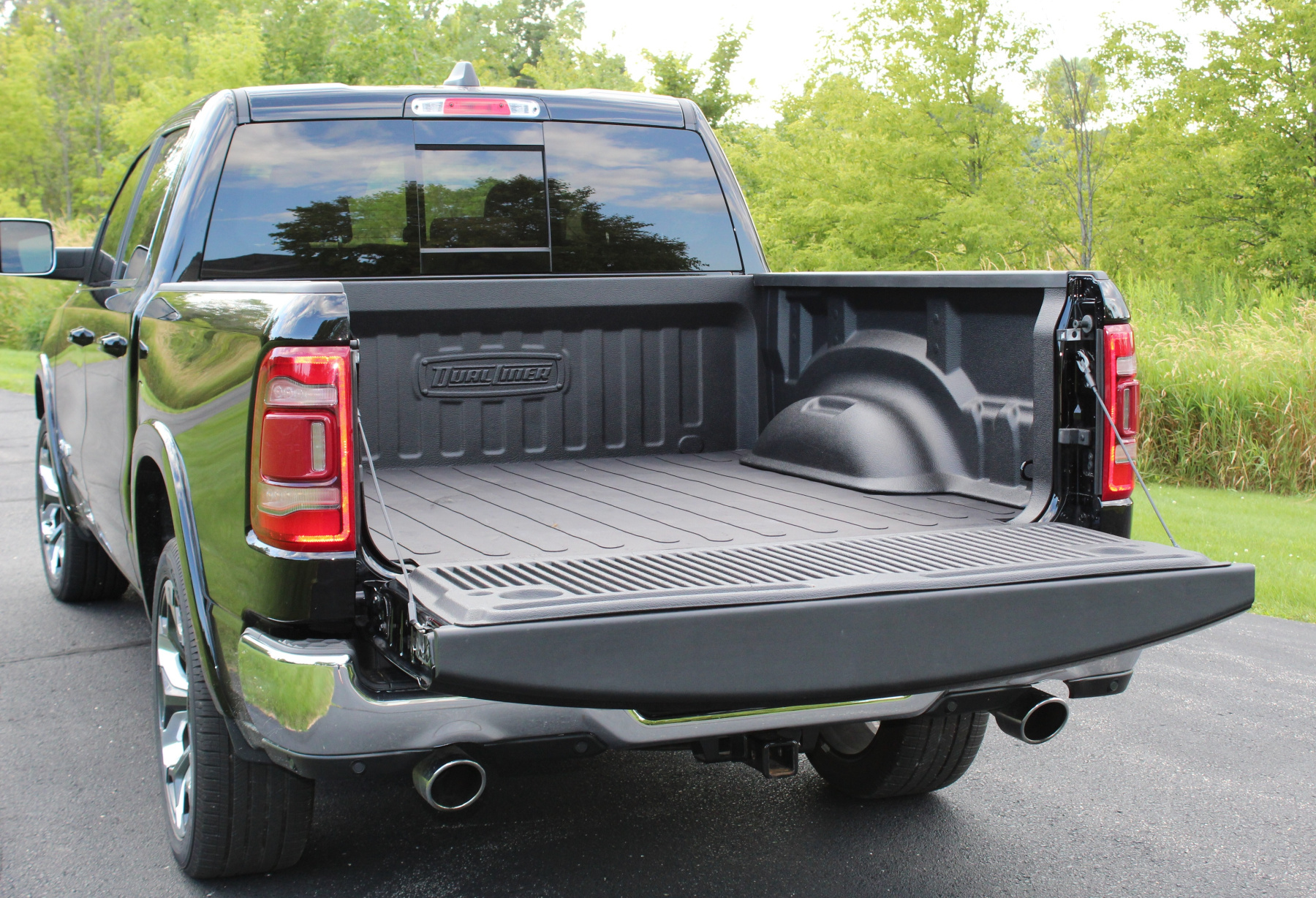

So what killed the regular cab? Regular cab trucks are less practical Ford F-150 pickup truck | Evan Middleton via Unsplashįirst of all, more efficient engines closed the mpg gap between regular and crew cabs. But when Ford engineered its new compact Maverick and Jeep engineered its midsize Gladiator, neither automaker bothered developing configurations smaller than a crew cab. If you want a regular cab Ram 1500, you must choose an old fourth-generation model badged as the Ram 1500 “Classic.” Ford and General Motors still build regular cab half-tons and heavy-duty trucks for fleet operators. Nissan no longer offers regular cab configurations of its Titan. Toyota no longer offers regular cab configurations of either the Tundra or Tacoma (though it still offers an 8′ bed/extended cab Tundra).

For decades, the four-door truck with a full second row of seats was a rare option selected by owners who needed to transport an entire work crew (thus the “crew cab”). The name regular cab (also called a standard cab) points to how the two-door truck with a single bench seat was once the default pickup configuration–according to. The slow death of the regular cab pickup truck Dodge Ram pickup truck | Stephanie Valencia via Unsplash So what killed the regular cab pickup truck? The truth is that it was probably a combination of factors–including government emissions regulations–that made the crew cab the default truck choice. Meanwhile, full crew cabs accounted for 85% of new trucks. In fact, 2020 regular cab pickups sales fell to 3% of total new trucks (1% in Canada). I drive regular cab pickup trucks, but I’m one of the only people I know who does.


 0 kommentar(er)
0 kommentar(er)
